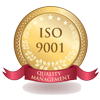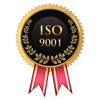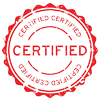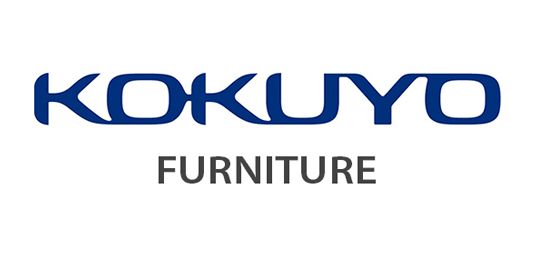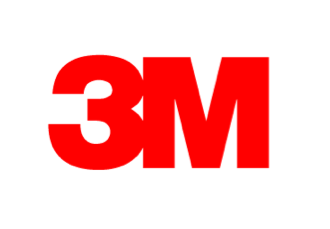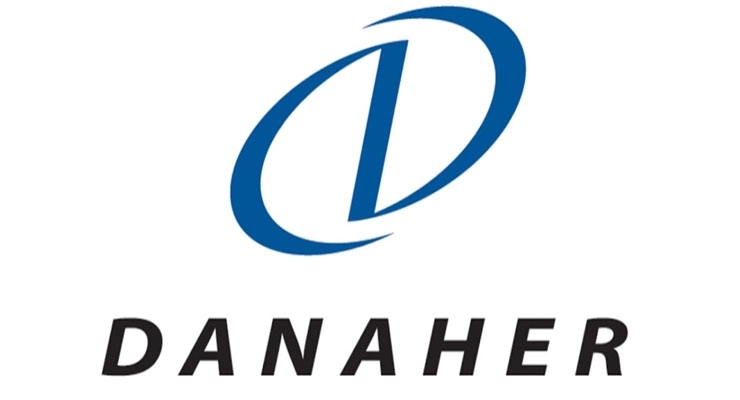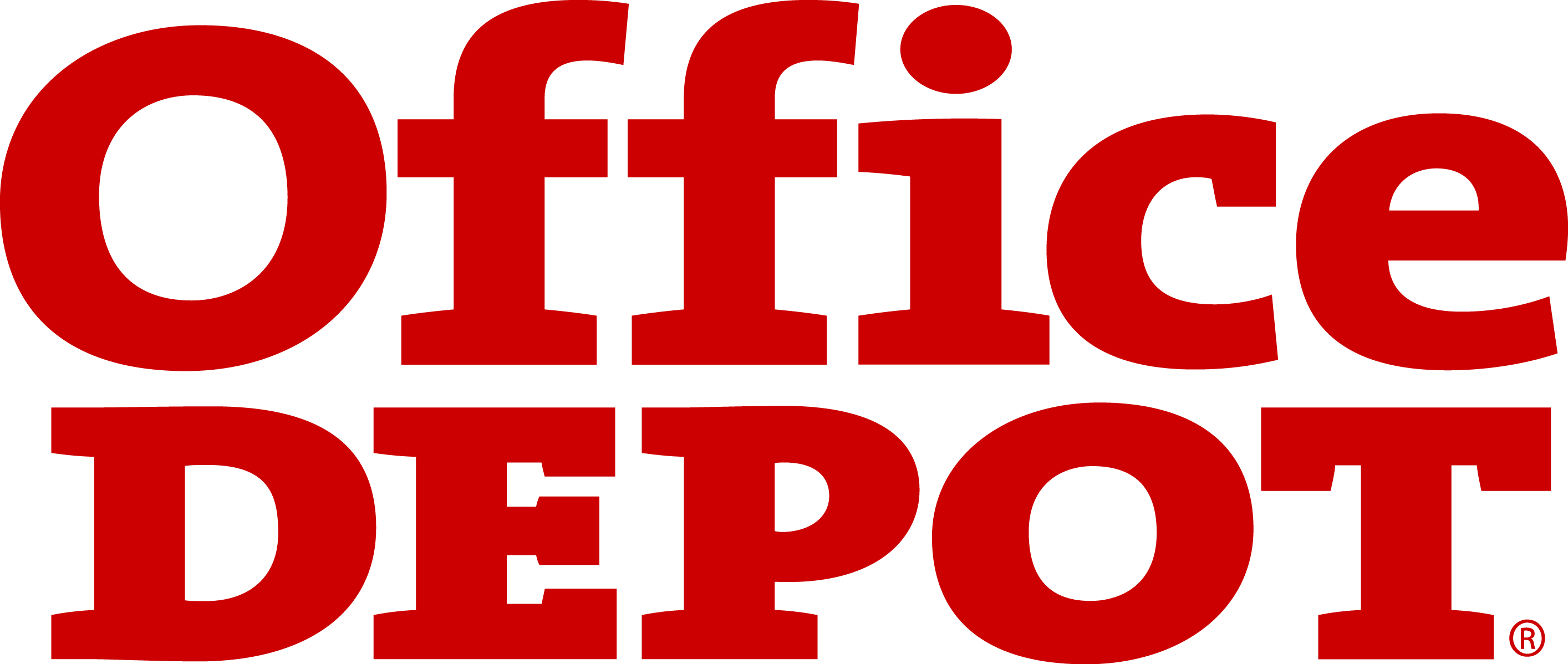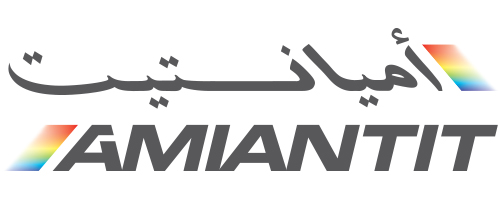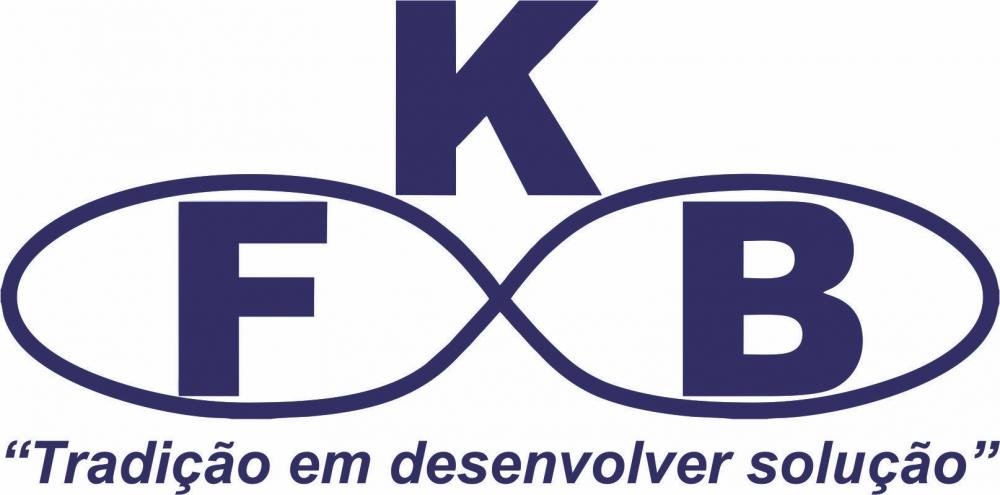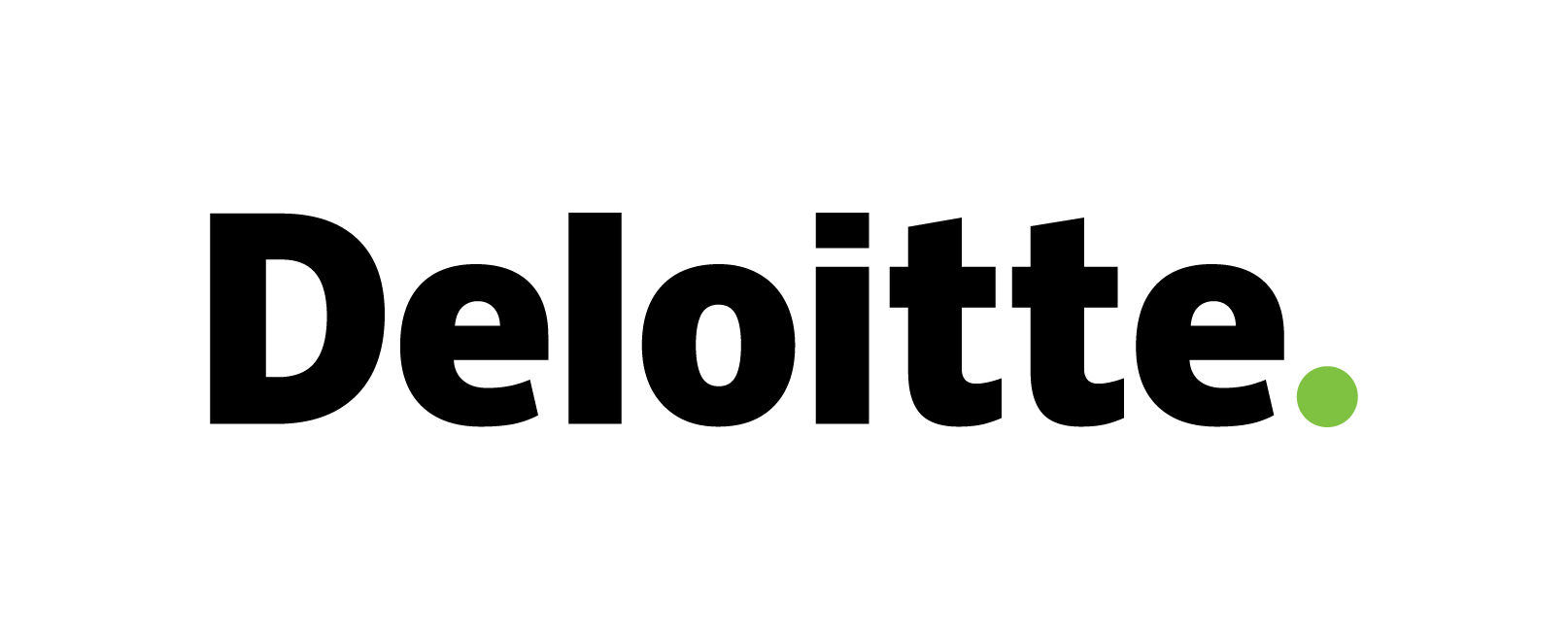Travel Retail Market
Travel Retail Market Trends, Opportunity, and Forecast Analysis, 2024-2033
Travel Retail Market revenue to generate USD 152.2 Billion by 2033, according to KDMI analyst’s growth analysis. The market is segmented by Type, Demographic, Category, Distribution Channel, and by Region.
Travel Retail Market Overview
The Global Travel Retail market was valued at USD 66.9 billion in 2024. The market is expected to expand at a CAGR of 10.2% from 2024-2033, and is expected to cross a value of USD 152.2 billion by the end of 2033.
Travel retail is a duty-free industry that sells products to consumers in a travel environment such as airports, ships, train stations, border shops, and duty-free zones. The increase in international tours and travel drives the travel retail market globally. Travelers prefer to buy from travel retail stores as it offers tax-free shopping driving the travel retail market globally. Moreover, travel retail stores also promote local products that depict the country's culture further expanding the growth of the travel retail market demand. For instance, according to the World Travel and Tourism Council, in 2023, the Travel & Tourism sector contributed 9.1% to the global GDP which is an increase of 23.2% from 2022. Avolta AG, Lotte Corporation, China Duty-Free Group Co. Ltd., LVMH Moët Hennessy Louis Vuitton (DFS Group), Gebr. Heinemann SE & Co. KG, and Lagardere Travel Retail Group are some of the significant players in the market for Travel Retail.
Japan Travel Retail Market Overview
The Japanese travel retail market focuses on inbound tourism in the country. Additionally, the airports of Japan have extensive duty-free shopping areas to attract international travel stimulating the demand for the travel retail market growth. Moreover, the Japanese have a dominating beauty and luxury goods market as it has been in very high demand among travelers, and the popularity surged the growth of the retail travel market in Japan. For instance, one of the Japanese key players Shiseido with the mission of “Beauty innovations for a better world”, offers a wide range of Shiseido’s top brands such as SHISEIDO, Clé de Peau Beauté, IPSA, THE GINZA, etc. to travelers. Japan Airport Terminal Co. Ltd., Shiseido Japan Co. Ltd., DFS, Lotte Duty-free Japan Co. Ltd., TIAT, and Fa-So-La are some of the significant players in the market for Travel Retail in Japan.
Travel Retail Market Drivers – Analyst’s Observation
According to the analysts, some key growth drivers for the Travel Retail market are as follows:
Expansion of airport and infrastructure development: Nowadays airports have become a dominant retail hub due to the affordable flight cost and high disposable income of people which lead to the increase of global air travelers and simultaneously increase the travel market demand. Many international terminals such as the Dubai International Airport, Singapore’s Changi Airport, and others are expanding their duty-free zones and luxury retail stores contributing to the travel retail market growth. For instance, Changi Airport offers up to S$20 worth of Changi e-Vouchers for travelers from India between 1 January 2024 and 31 March 2025. Moreover, governments across the globe are taking the initiative and investing in airport infrastructure developments to accommodate the rising air passenger traffic. Further, the digital catalog and mobile-based shopping encourage the in-flight shopping experience to accelerate the travel retail market.
Digital transformation: the integration of digital technology such as digital catalog, AI-driven recognition, online transaction payment options, and e-commerce platforms has a great impact on the travel retail market growth. The collaboration of travel retail stores with airlines and travel industries offers pre-orders, in-store pick-ups, and in-flight delivery to enhance seamless shopping experiences propelling the travel retail market. Brands are adopting the growing trends of omnichannel strategies integrating both physical and digital channels to encourage consumer engagement, driving the travel retail market globally. For instance, in July 2023, Lagardère Travel Retail and Inflyter expanded their collaboration to digitalize the Duty-Free shopping experience for travelers . Moreover, with the rising concern for the environment, such initiatives also drive sustainable and eco-friendly stores resulting in the growth of the travel retail market demand.
|
Travel Retail Market: Report Scope |
|
|
Report Coverage |
Details |
|
Base Year |
2023 |
|
Forecast Period |
2024-2033 |
|
Market Size by 2033 |
USD 152.4 Billion |
|
Market Size in 2024 |
USD 66.9 Billion |
|
Market Growth Rate from 2024 to 2034 |
CAGR of 10.2% |
|
Largest Market |
Asia-Pacific |
|
Market Segmentation |
|
|
Market Challenges |
|
|
Market Growth Drivers |
|
Which Probable Factors Could Hamper the Travel Retail Market Trend?
As per our analysis, some of the challenges expected to limit the global market growth of Travel Retail are as follows:
Currency fluctuation: Economic downturns and geo-political uncertainty can lead to currency fluctuation that can impact consumer spending preference hindering the travel retail market growth. The instability in exchange rates affects the price of duty-free goods, which can be a challenging factor in attracting travellers restricting the demand for the travel retail market.
Government regulation and restriction: Strong government regulation and restriction on certain products such as alcohol and tobacco can limit the expansion of the travel retail market. Moreover, the government regulation on duty-free stores, cross-border trade restrictions, and import-export policies varies across countries creating complexities and hindering the travel retail market.
How is the Travel Retail Market Segmented?
Our experts have segmented the Travel Retail market according to the points mentioned below:
- By Product
- o Perfume and Cosmetics
- o Wines and Spirits
- o Fashion and Accessories
- o Tobacco Products
- o Electronics and Gifts
- o Food and Confectionery
- o Others
- By Distribution Channel
- o Airport and Airlines
- o Seaport & Cruise line Shops
- o Border Downtown Hotel Shops
- o Train Stations
- o Ferries
- o Others
- By Sector
- o Duty Free
- o Duty Paid
- By End Users
- o Children (Less Than 18 Years Old)
- o Youth (18-30 Years Old)
- o Middle-Aged (18-59 Years Old)
- o The Elder (Greater Than 60 Years Old
- By Demographic
- o Millennials
- o Middle-Age
- o Seniors
- By Category
- o Standard
- o Luxury
- By Region:
- o North America (United States & Canada)
- o Europe (United Kingdom, Germany, France, Italy, Spain, England, Russia, Turkey, Rest of Europe)
- o Asia Pacific (China, Japan, India, South Korea, Indonesia, Malaysia, Australia, New Zealand, Rest of Asia-Pacific)
- o Latin America (Brazil, Mexico, Argentina, Rest of Latin America)
- o Middle East & Africa (Israel, GCC, North Africa, South Africa, Rest of Middle East and Africa)
The timeline considered for all these studies will be:
2023 – Base Year
2024 – Estimated Year
2024-2033 – Forecast Period
What are the Probable Factors Influencing the Asia-Pacific Having the Highest Market Share Travel Retail Market Forecast?
The Asia-Pacific has the highest market share of the Travel Retail market forecast due to the expansion of travel and tourism industries in countries such as China, Japan, South Korea, Thailand, Singapore, and India. The rising disposable income of people surges the demand for beauty products, luxurious goods, and local specialists, fuelling the travel retail market demand in the region. The Chinese market experiences the demand for domestic duty-free sales, especially with the presence of Hanoi Island. For instance, in June 2024, China Duty-Free Group expanded its operations on Hainan Island, to open the extraordinary shopping-to-dining-to-entertainment, by adding more luxury brands and increasing its retail space to cater to the growing domestic tourism. Additionally, a region such as Hong Kong with Hong Kong International Airport is known for its duty-free goods and is popular for luxury and beauty products expanding the travel retail market demand. In countries such as India, digitalization and rapid urbanization led to the expansion of airport infrastructure, modern retail space, and international brand collaboration thereby contributing to the growth of the travel retail market.
In North America, the travel retail market focuses on countries such as the USA and Canada with leading airport duty-free sales. Major international airports such as JFK International Airport, Los Angeles International Airport, and Hartsfield-Jackson Atlanta International Airport, have expanded retail space with high-end luxury brands offering premium products and personalized shopping experiences that can be availed by both online and offline purchases with pre-order facilities to attract international travelers, expand the travel retail market growth of the region. The European travel retail market witnessed growth due to its tour and travel industry because of its rich cultural heritage and diverse landscape in countries such as the UK, France, Germany, and Spain. Additionally, the major airports such as Heathrow, Charles de Gaulle, and Frankfurt in the region have prominent hubs for the travel retail market. In Latin America, countries such as Brazil, and Argentina lead the travel retail market with the investment in major airport infrastructure. The Middle East and Africa witness the demand for the travel retail market due to urbanization and expansion of tourism industries. In the Middle East, UAE and Qatar have a prominent luxury travel retail market with Dubai Duty Free store which is considered to be the largest duty-free operator globally, accelerating the travel retail market of the region. For instance, in June 2023, Qatar Duty-Free (QDF) launched a new-look Coach boutique at Hamad International Airport.
Travel Retail Market Key Players
Some key players in the Travel Retail market are as follows:
- Avolta AG
- Lotte Corporation
- China Duty Free Group Co. Ltd.
- LVMH Moët Hennessy Louis Vuitton (DFS Group)
- Gebr. Heinemann SE & Co. KG
- Lagardere Travel Retail Group
- The Shilla Duty Free
- The King Power International Group
- Aer Rianta International cpt
- Duty Free Americas
- Executive Summary
- Market Overview
- Key Findings
- Market Trends
- Market Outlook
- Introduction
- Scope of the Report
- Research Methodology
- Definitions and Assumptions
- Acronyms and Abbreviations
- Market Dynamics
- Drivers
- Restraints
- Opportunities
- Challenges
- Global TRAVEL RETAIL Market
- Market Overview
- Market Size and Forecast
- Market Segmentation
- By Product
- By Distribution Channel
- By Sector
- By End Users
- By Demographic
- By Category
- By Region
- Market Segmentation by Product
- Perfume and Cosmetics
- Wines and Spirits
- Fashion and Accessories
- Tobacco Products
- Electronics and Gifts
- Food and Confectionery
- Others
- Market Segmentation by Distribution Channel
- Airport and Airlines
- Seaport & Cruise Line Shops
- Border Downtown Hotel Shops
- Train Stations
- Ferries
- Others
- Market Segmentation by Sector
- Duty Free
- Duty Paid
- Market Segmentation by End Users
- Children (Less Than 18 Years Old)
- Youth (18-30 Years Old)
- Middle-Aged (18-59 Years Old)
- The Elder (Greater Than 60 Years Old)
- Market Segmentation by Demographic
- Millennials
- Middle-Age
- Seniors
- Market Segmentation by Category
- Standard
- Luxury
- Regional Analysis
- North America
- United States
- Market Size and Forecast
- Key Trends and Developments
- Market Analysis by Product, Distribution Channel, Sector, End Users, Demographic, and Category
- Canada
- Market Size and Forecast
- Key Trends and Developments
- Market Analysis by Product, Distribution Channel, Sector, End Users, Demographic, and Category
- Mexico
- Market Size and Forecast
- Key Trends and Developments
- Market Analysis by Product, Distribution Channel, Sector, End Users, Demographic, and Category
- United States
- Europe
- United Kingdom
- Market Size and Forecast
- Key Trends and Developments
- Market Analysis by Product, Distribution Channel, Sector, End Users, Demographic, and Category
- Germany
- Market Size and Forecast
- Key Trends and Developments
- Market Analysis by Product, Distribution Channel, Sector, End Users, Demographic, and Category
- France
- Market Size and Forecast
- Key Trends and Developments
- Market Analysis by Product, Distribution Channel, Sector, End Users, Demographic, and Category
- Italy
- Market Size and Forecast
- Key Trends and Developments
- Market Analysis by Product, Distribution Channel, Sector, End Users, Demographic, and Category
- Spain
- Market Size and Forecast
- Key Trends and Developments
- Market Analysis by Product, Distribution Channel, Sector, End Users, Demographic, and Category
- Rest of Europe
- Market Size and Forecast
- Key Trends and Developments
- Market Analysis by Product, Distribution Channel, Sector, End Users, Demographic, and Category
- United Kingdom
- Asia Pacific
- China
- Market Size and Forecast
- Key Trends and Developments
- Market Analysis by Product, Distribution Channel, Sector, End Users, Demographic, and Category
- Japan
- Market Size and Forecast
- Key Trends and Developments
- Market Analysis by Product, Distribution Channel, Sector, End Users, Demographic, and Category
- India
- Market Size and Forecast
- Key Trends and Developments
- Market Analysis by Product, Distribution Channel, Sector, End Users, Demographic, and Category
- Australia
- Market Size and Forecast
- Key Trends and Developments
- Market Analysis by Product, Distribution Channel, Sector, End Users, Demographic, and Category
- South Korea
- Market Size and Forecast
- Key Trends and Developments
- Market Analysis by Product, Distribution Channel, Sector, End Users, Demographic, and Category
- Rest of Asia Pacific
- Market Size and Forecast
- Key Trends and Developments
- Market Analysis by Product, Distribution Channel, Sector, End Users, Demographic, and Category
- China
- Latin America
- Brazil
- Market Size and Forecast
- Key Trends and Developments
- Market Analysis by Product, Distribution Channel, Sector, End Users, Demographic, and Category
- Argentina
- Market Size and Forecast
- Key Trends and Developments
- Market Analysis by Product, Distribution Channel, Sector, End Users, Demographic, and Category
- Colombia
- Market Size and Forecast
- Key Trends and Developments
- Market Analysis by Product, Distribution Channel, Sector, End Users, Demographic, and Category
- Rest of Latin America
- Market Size and Forecast
- Key Trends and Developments
- Market Analysis by Product, Distribution Channel, Sector, End Users, Demographic, and Category
- Brazil
- Middle East & Africa
- South Africa
- Market Size and Forecast
- Key Trends and Developments
- Market Analysis by Product, Distribution Channel, Sector, End Users, Demographic, and Category
- Saudi Arabia
- Market Size and Forecast
- Key Trends and Developments
- Market Analysis by Product, Distribution Channel, Sector, End Users, Demographic, and Category
- UAE
- Market Size and Forecast
- Key Trends and Developments
- Market Analysis by Product, Distribution Channel, Sector, End Users, Demographic, and Category
- Rest of Middle East & Africa
- Market Size and Forecast
- Key Trends and Developments
- Market Analysis by Product, Distribution Channel, Sector, End Users, Demographic, and Category
- South Africa
- North America
- Competitive Landscape
- Market Share Analysis
- Company Profiles
- Avolta AG
- Lotte Corporation
- China Duty Free Group Co. Ltd.
- LVMH Moët Hennessy Louis Vuitton (DFS Group)
- Gebr. Heinemann SE & Co. KG
- Lagardere Travel Retail Group
- The Shilla Duty Free
- The King Power International Group
- Aer Rianta International cpt
- Duty Free Americas
- Others
- Strategic Recommendations
- Appendix
- List of Tables
- List of Figures
- References

Need Customized Report for Your Business ?
Utilize the Power of Customized Research Aligned with Your Business Goals
Request for Customized Report- Quick Contact -
- ISO Certified Logo -
